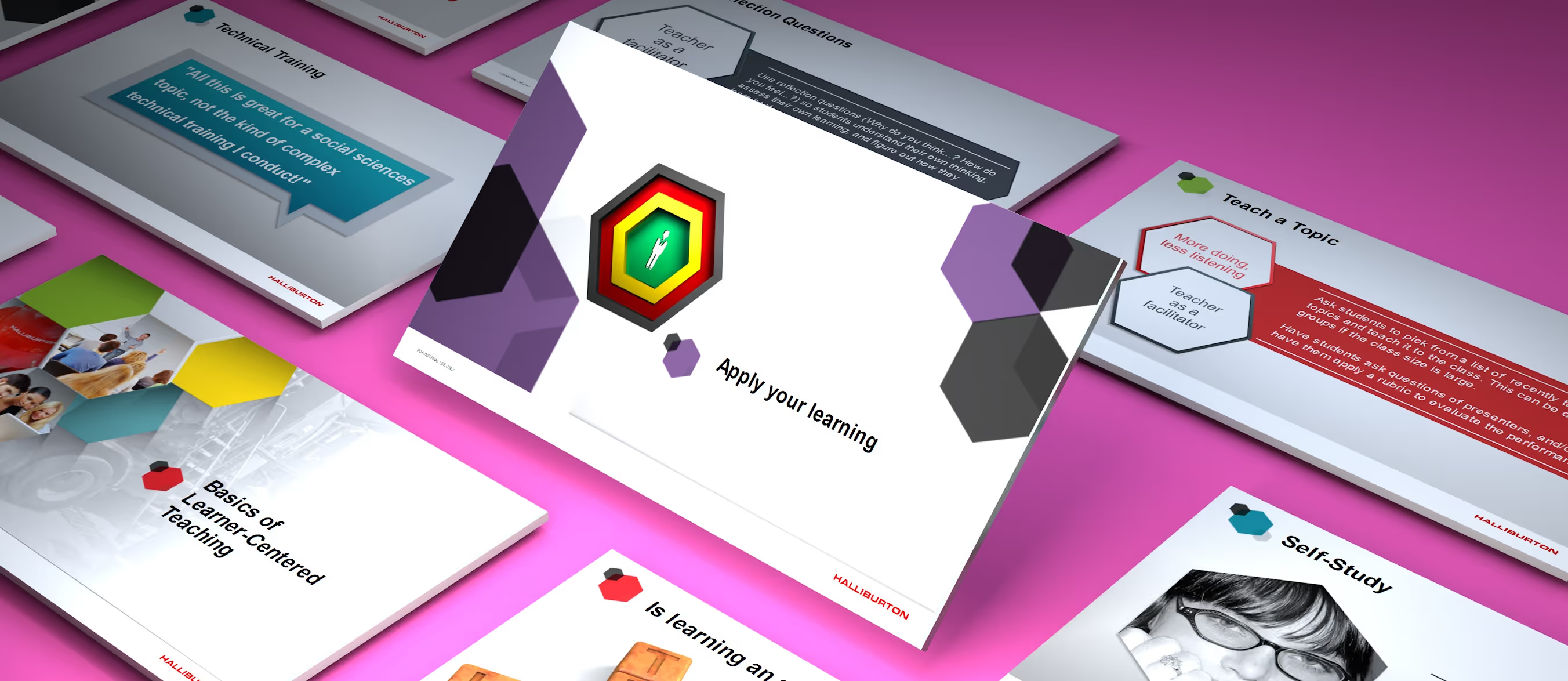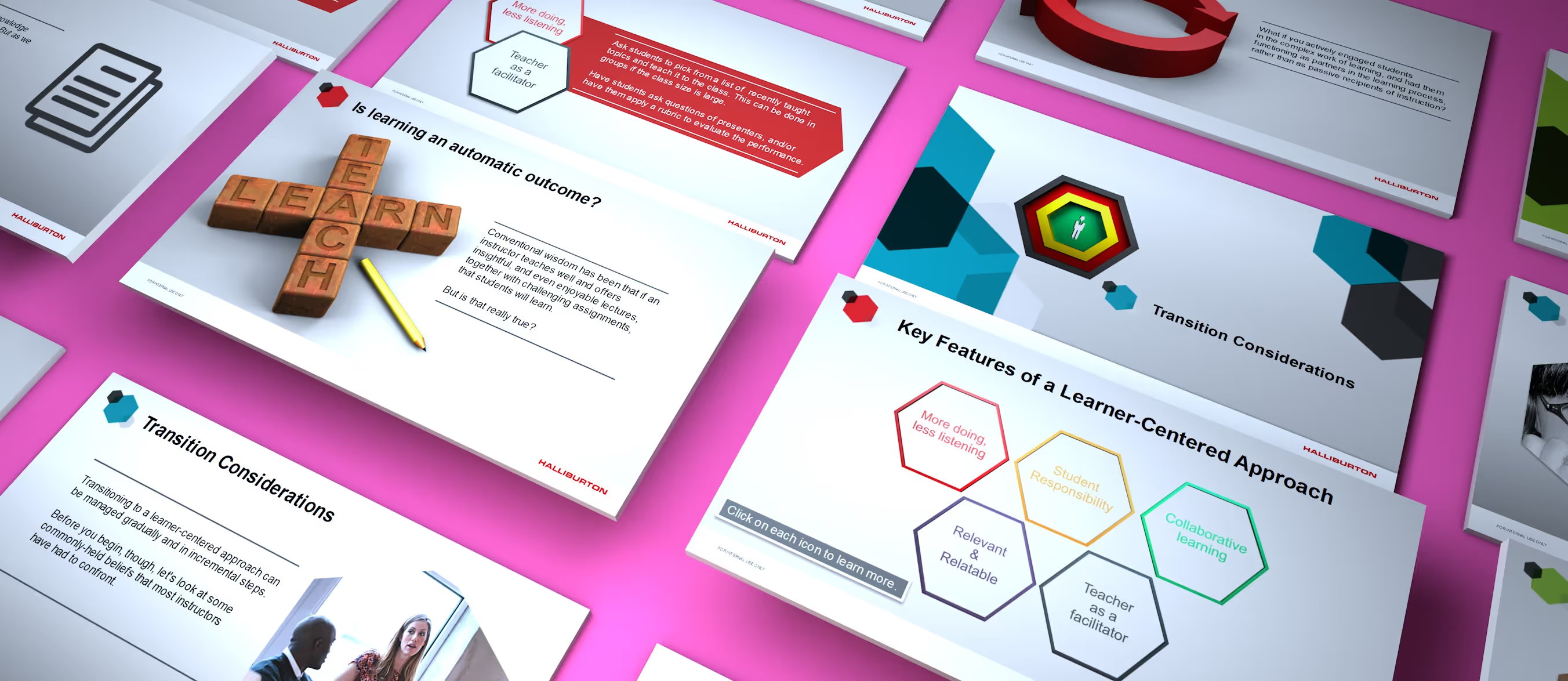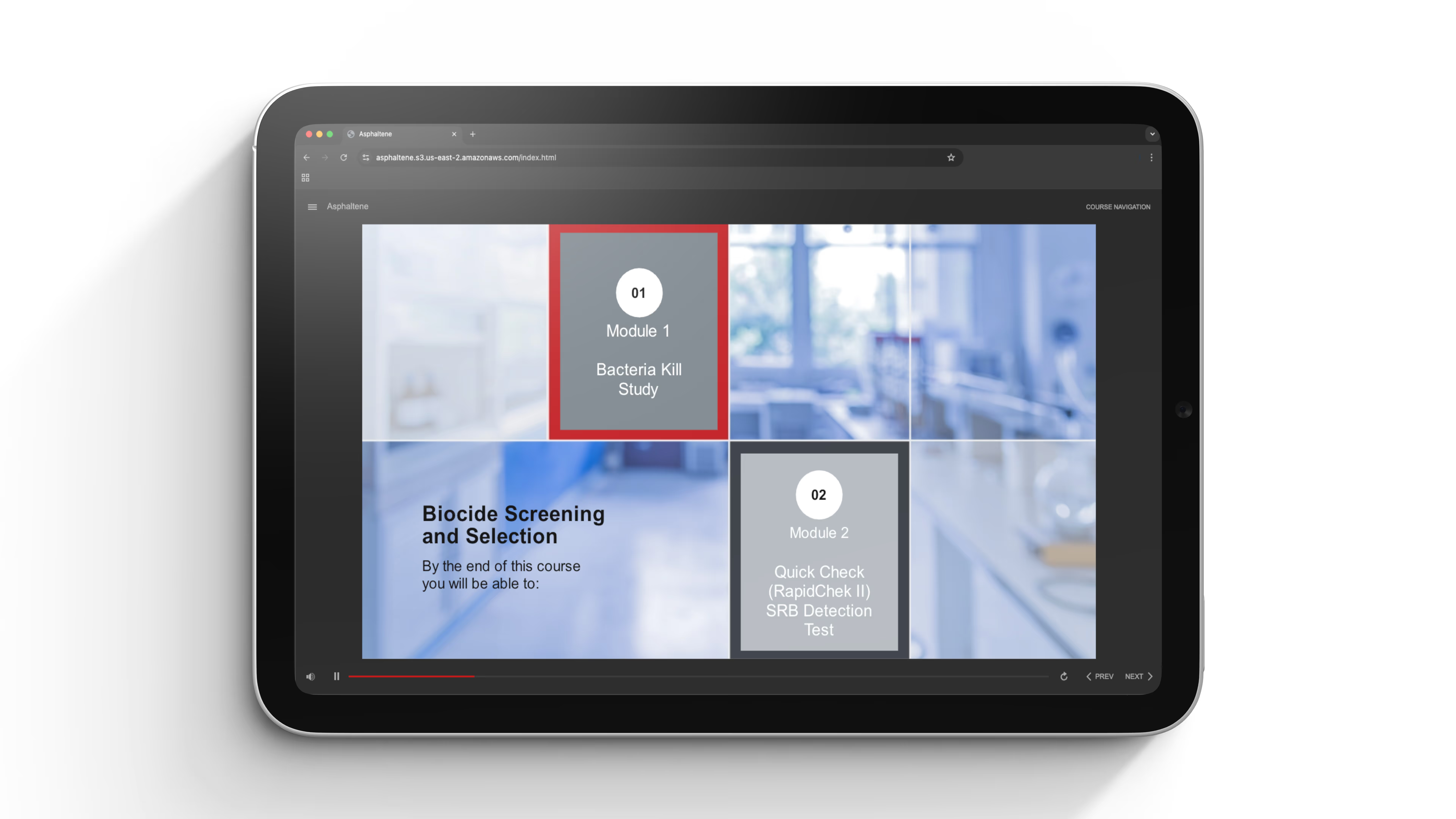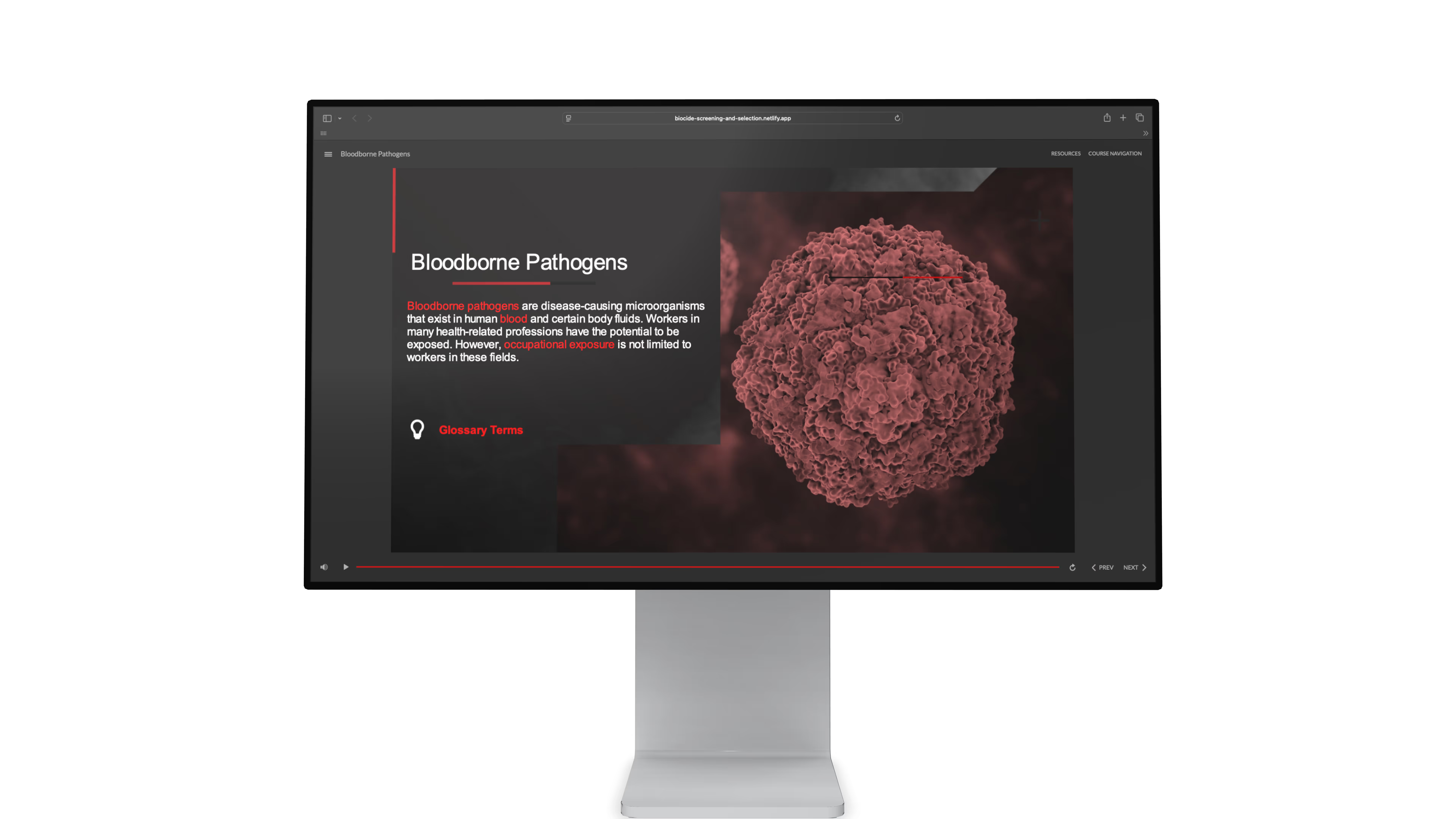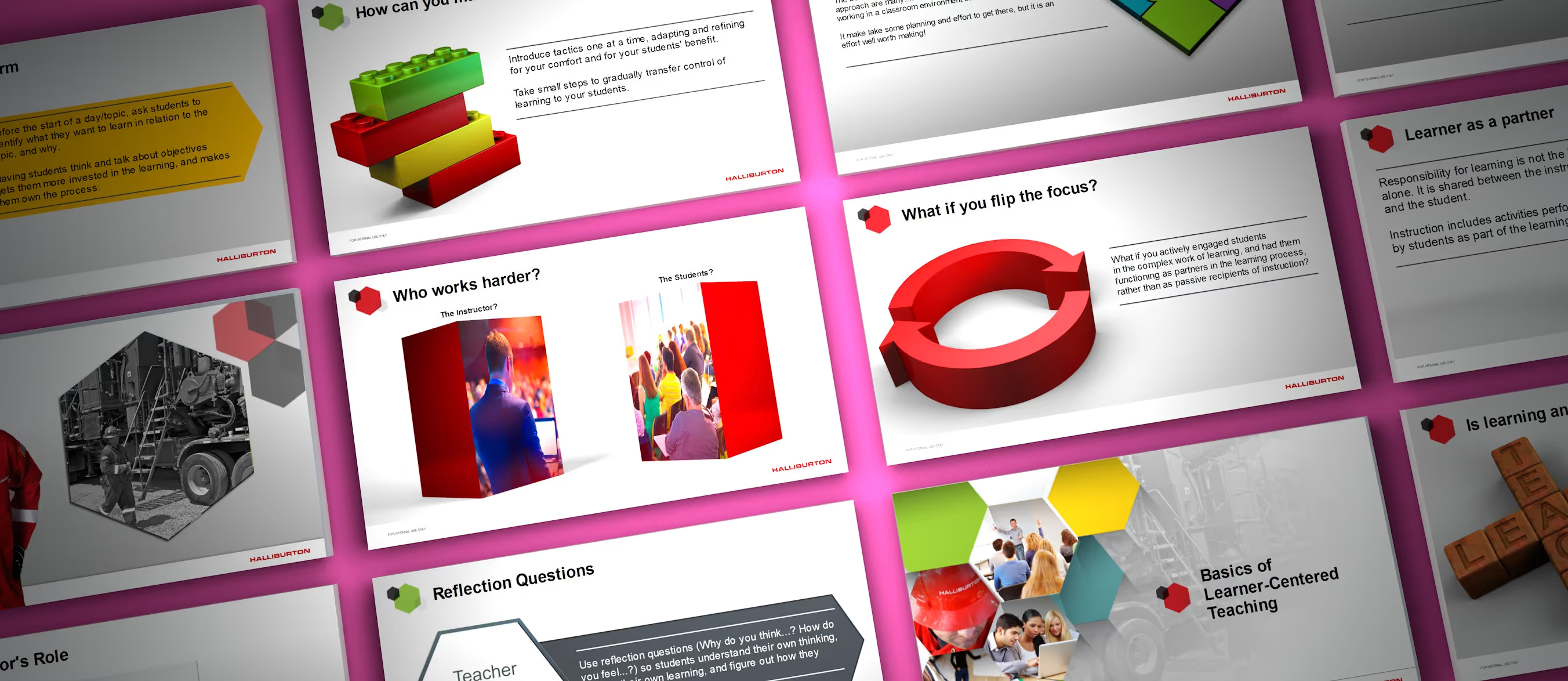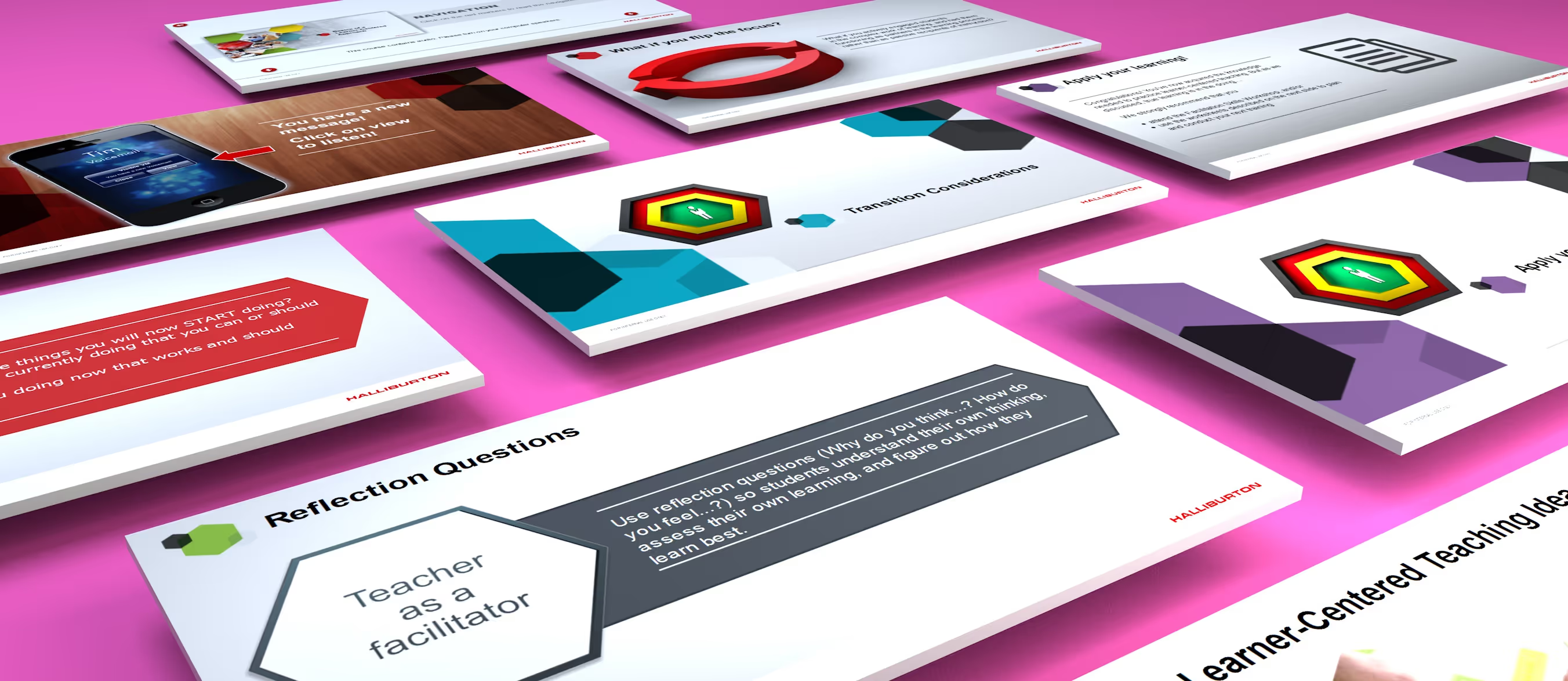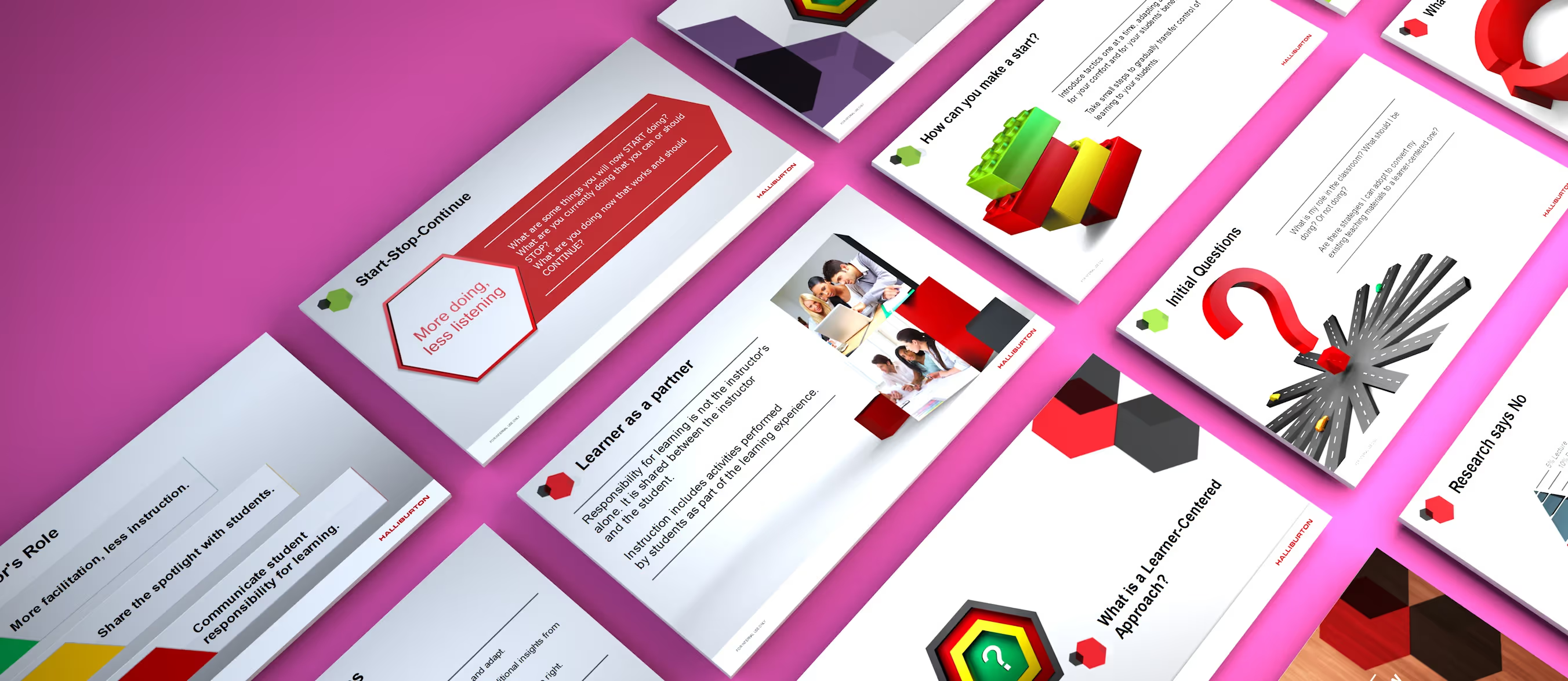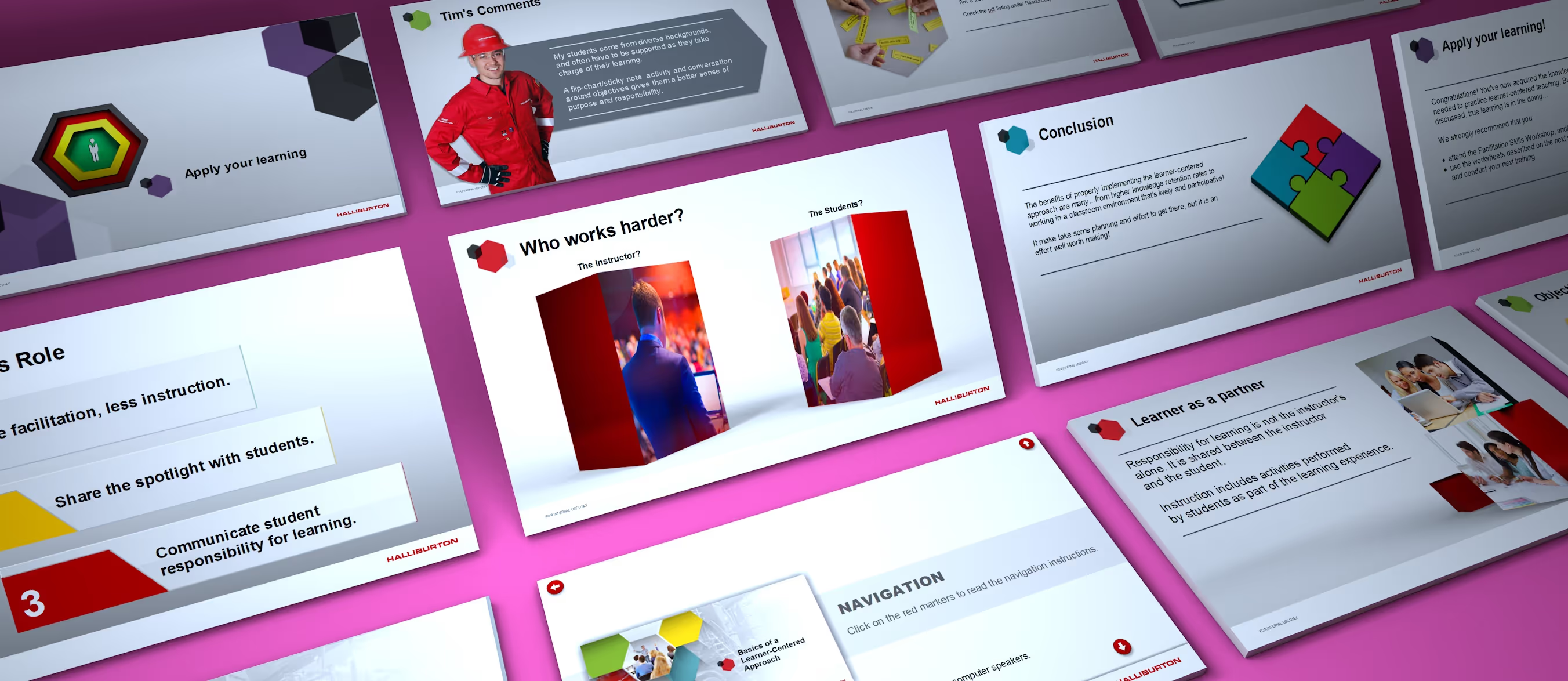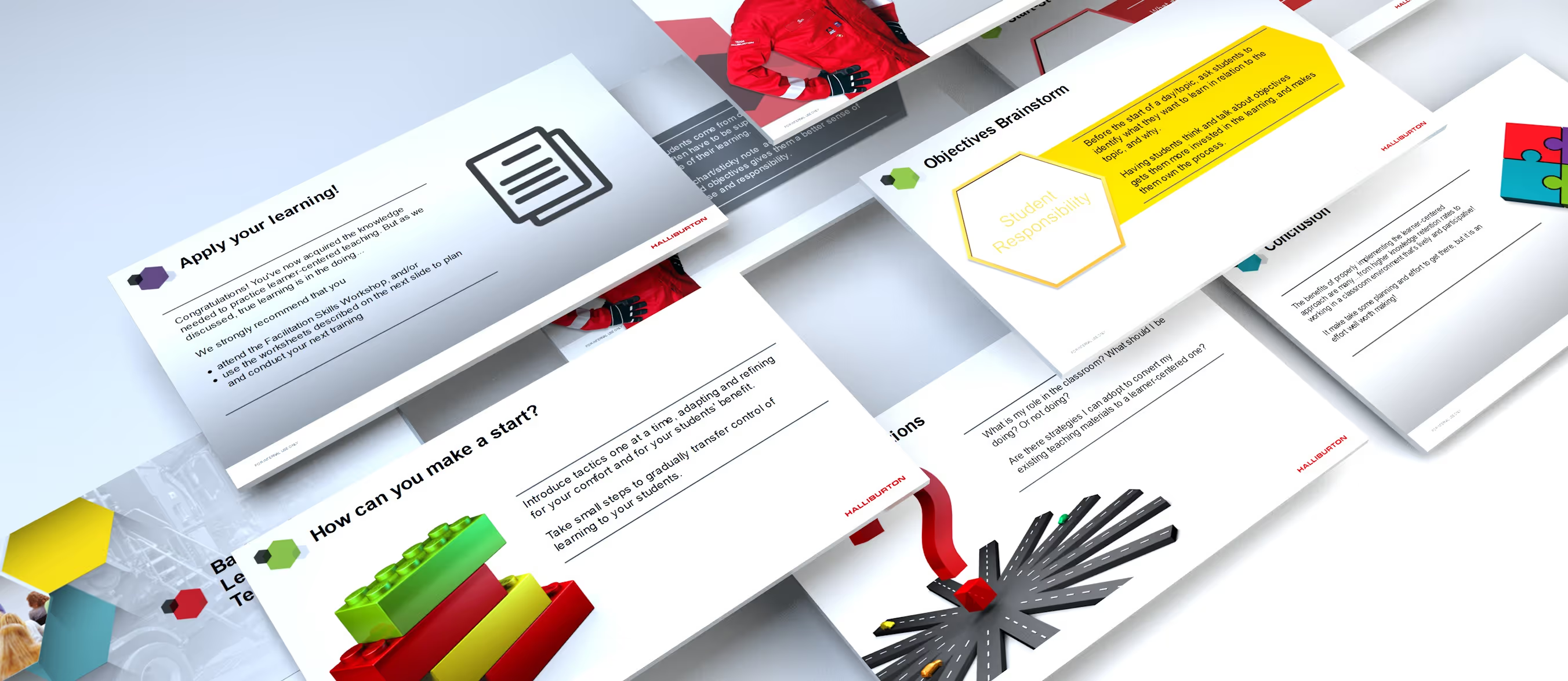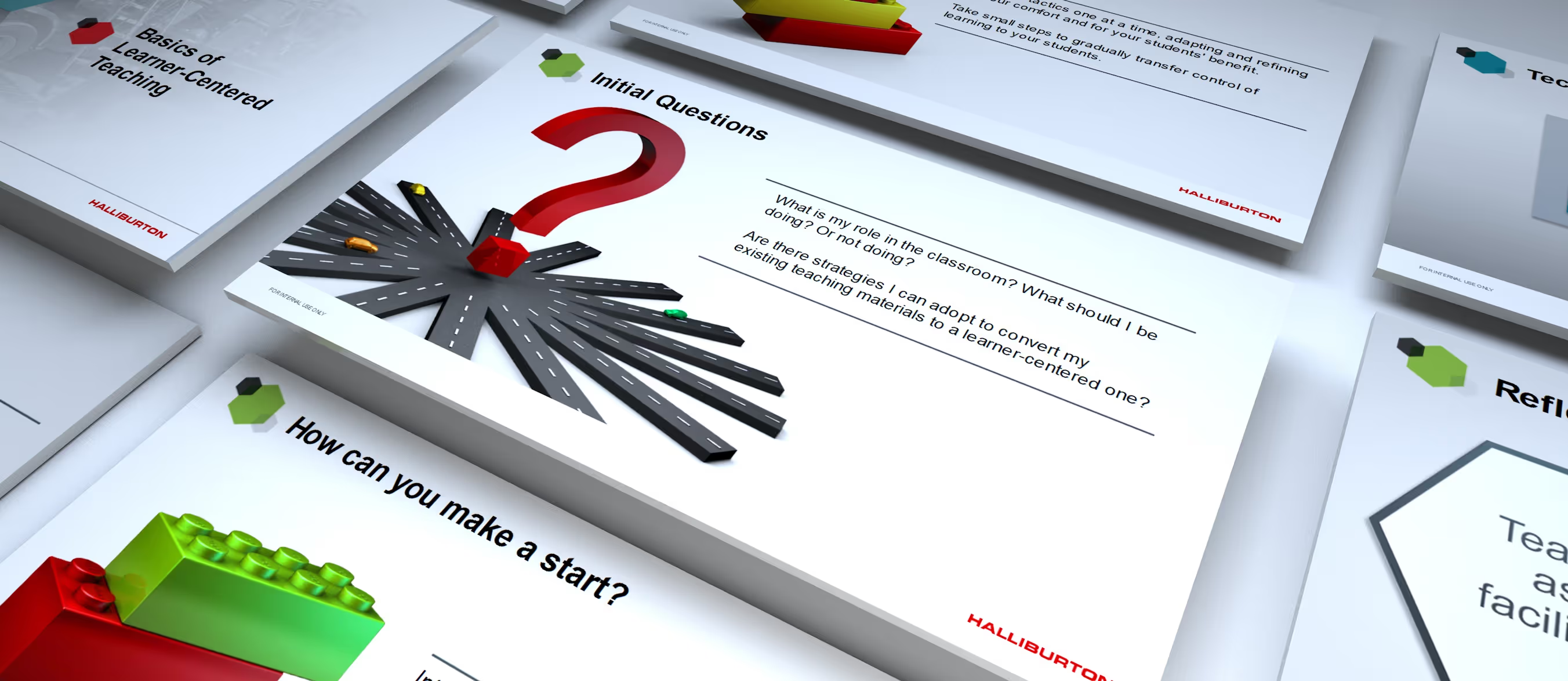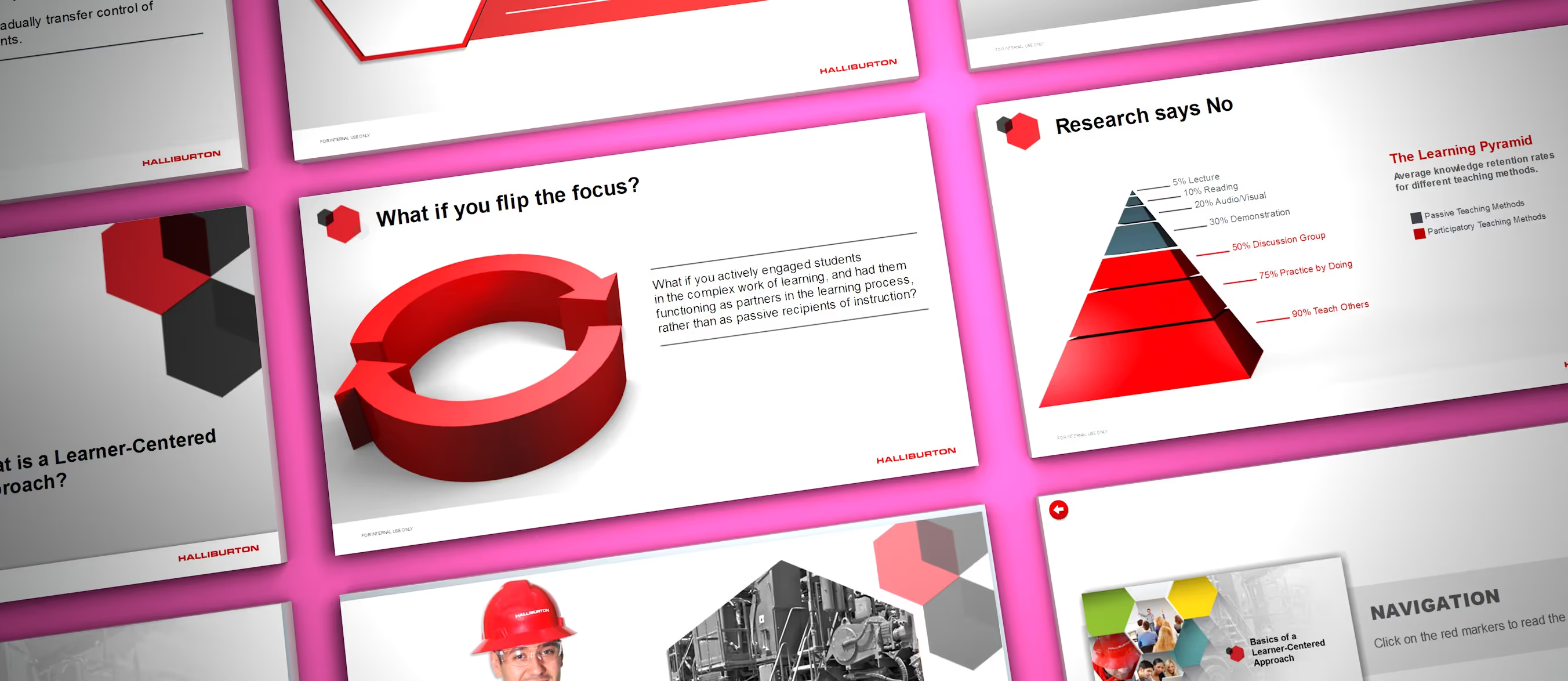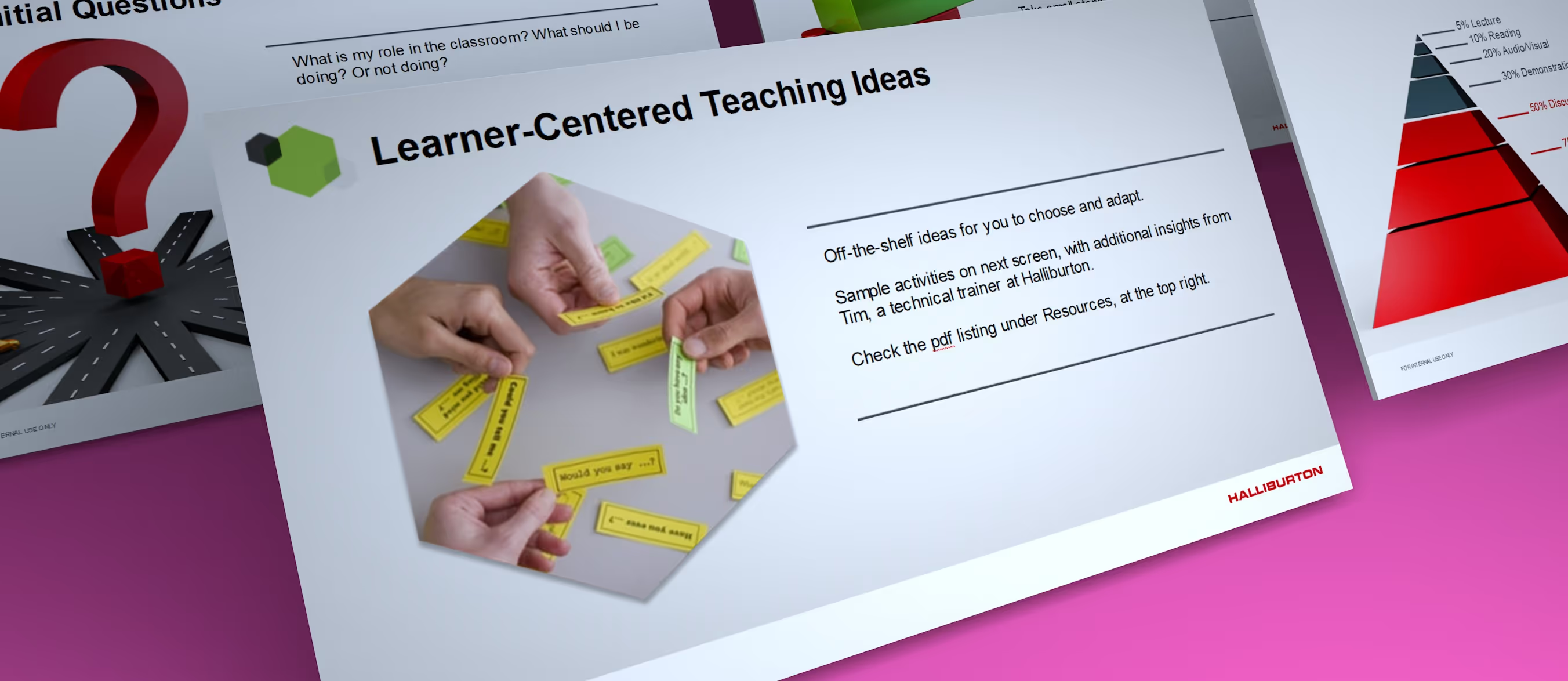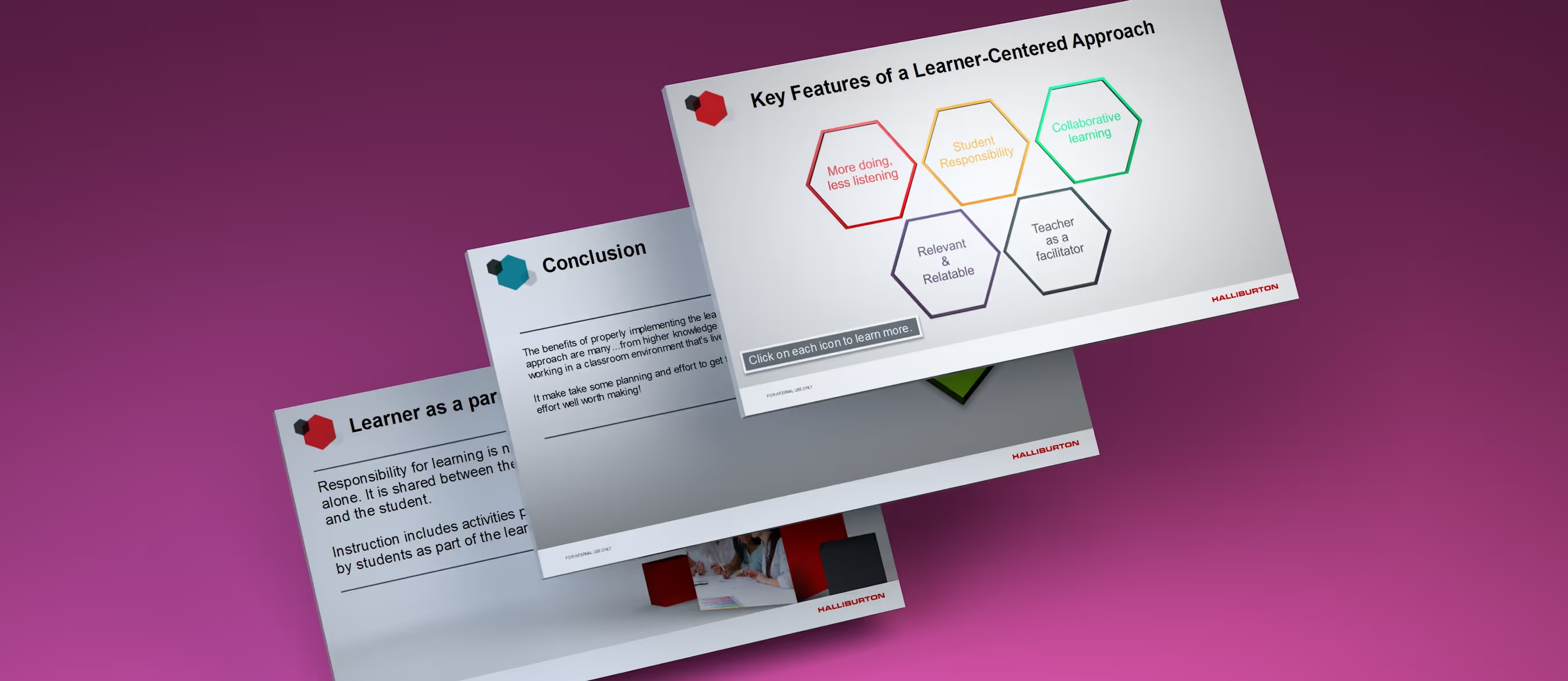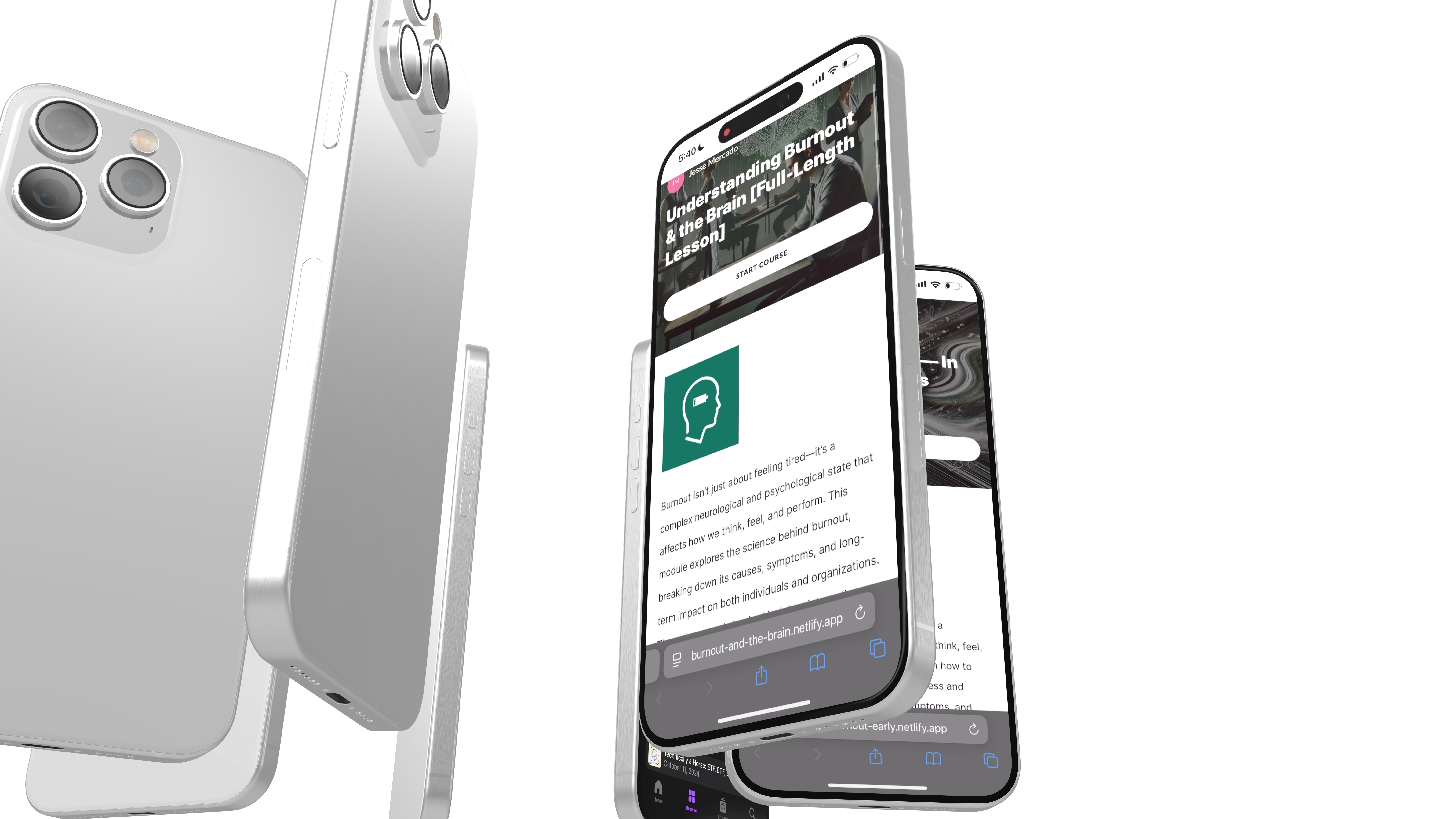Learner Centered
- Role
Project Manager, Lead Designer
- Duration
1 month / Completed 2019
- Tools
Adobe Photoshop, Illustrator, Premiere, Cinema 4D, Render Engine, Adobe Audition, Storyline 360, Audacity, PowerPoint

Motion Defines Hierarchy
Spatial Depth ≠ zoom

Rhythm = hierarchy

Timing & emotion

Hero Choreography
Album Card Motion System
Playback Bar Motion
The player becomes the pulse of the scene — continuous, glowing, subtle.
Progress bar motion timed to 6s loop using ease-in-out sine curve.

Ambient Light + Depth System

Camera Motion / Vision OS Depth

Motion System Breakdown
Principles
Lorem ipsum dolor sit amet, consectetuer adipiscing elit, sed diam nonummy nibh euismod tincidunt ut laoreet dolore magna aliquam erat volupat. Ut wisi enim ad minim veniam, quis nostrud exerci
Timing Map

Applied Motion

Reel






1
Build Overview
2
Creative Rationale
Goal
Launch a fully interactive e-learning course within one month that improves employee process understanding by at least 25% and achieves a 90%+ satisfaction score for interactivity and relevance.
Process
- Discovery & Planning – Conducted a focused needs assessment to define learning goals and identify key process pain points.
- Design & Development – Built interactive, branched scenarios that aligned with real job tasks and allowed for learner choice and feedback loops.
- Testing & Deployment – Validated the course through user testing and refinements before full launch via the LMS, ensuring smooth integration and strong learner adoption.
Key Highlights
Detailed Insights
Deep Dives
Learning Science
Applied adult learning theory to ensure content was practical, role-relevant, and reinforced through meaningful interactions. Scenarios were crafted to support experiential learning and real-world decision-making.
2
Creative Rationale
Goal
Challenges
Process
Impact and Results
Measurable Outcomes
Takeaways
1
The brief
Goal
Launch a fully interactive e-learning course within one month that improves employee process understanding by at least 25% and achieves a 90%+ satisfaction score for interactivity and relevance.
Challenges
- Translating highly technical content into a digestible, interactive format.
- Meeting a rapid development deadline while maintaining instructional quality.
Learning Objectives
- Increase learner understanding of internal processes through immersive, scenario-based activities.
- Enable employees to apply course concepts directly to their roles, improving process execution and compliance.
Learning Science
Applied adult learning theory to ensure content was practical, role-relevant, and reinforced through meaningful interactions. Scenarios were crafted to support experiential learning and real-world decision-making.
Learning Methodolgy
Used the Successive Approximation Model (SAM) to enable rapid prototyping and agile iteration—critical for meeting the tight timeline while refining the learning experience based on feedback.
Process
- Discovery & Planning – Conducted a focused needs assessment to define learning goals and identify key process pain points.
- Design & Development – Built interactive, branched scenarios that aligned with real job tasks and allowed for learner choice and feedback loops.
- Testing & Deployment – Validated the course through user testing and refinements before full launch via the LMS, ensuring smooth integration and strong learner adoption.
Impact and Results
Delivered a high-impact training course that simplified complex processes and drove learner engagement. Stakeholder feedback confirmed increased clarity and higher course completion rates.
Measurable Outcomes
The course improved process understanding by 25%, measured through pre- and post-assessments. It also received a 92% satisfaction score from learners, with specific praise for its interactivity and clarity.
Takeaways
- Scenario-based learning is highly effective for conveying technical content.
- Agile development workflows like SAM are essential when operating under time constraints.
Accessibility & inclusion
The course met ADA standards with features including closed captions, screen reader support, and full keyboard navigation—ensuring all learners could fully engage with the content.

